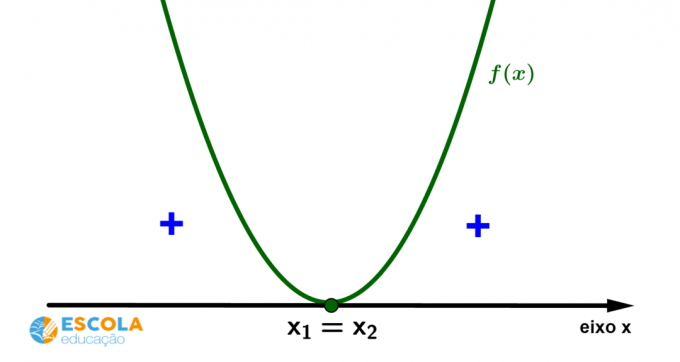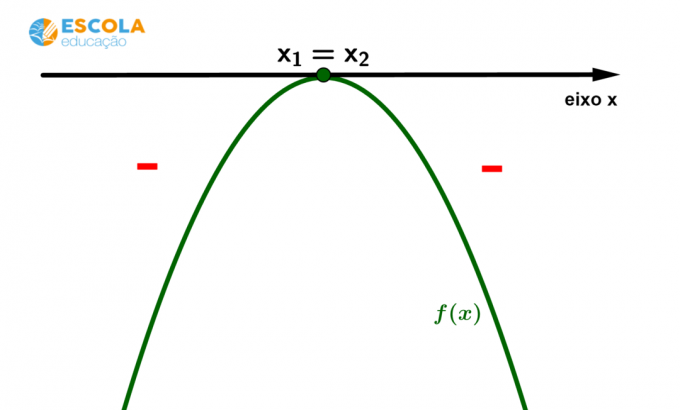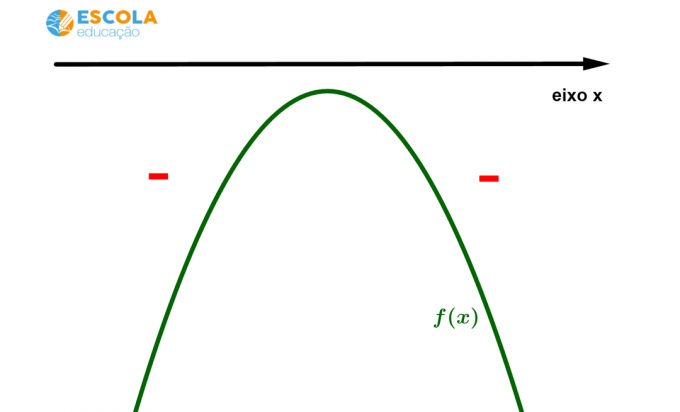One 2nd degree function is any function of the form f(x) = ax² + bx + c = 0, with The, B It is w being real numbers and The different from zero.
study the signs of a 2nd degree function means saying for what values of x the function is positive, negative or equal to zero.
see more
Students from Rio de Janeiro will compete for medals at the Olympics…
The Institute of Mathematics is open for registration for the Olympics…
In this way, we need to identify what are the values of x where we have:
f (x) > 0 → positive function
f (x) < 0 → negative function
f (x) = 0 → null function
But how can we know this? One of the ways to study the sign of a 2nd degree function is through its graph, which is a parable.
At the cartesian plane, f (x) > 0 corresponds to the part of the parabola that is above the x axis, f (x) = 0 the part of the parabola that intersects the x axis and f (x) < 0, the part of the parabola that is below the x axis .
So we just need to sketch the parabola to identify the signs of the function. The sketch is made simply by knowing what the
We can have six different cases.
Case 1) Signs of a 2nd degree function with two roots It is
distinct and concavity of the parabola facing upwards.

From the graph, we can identify that:
Case 2) Signs of a 2nd degree function with two roots It is
distinct and concavity of the parabola facing downwards.

From the graph, we can identify that:
Case 3) Signs of a 2nd degree function with two roots It is
equal and concavity of the parabola facing upwards.

From the graph, we can identify that:
Case 4) Signs of a 2nd degree function with two roots It is
equal and concavity of the parabola facing downwards.

From the graph, we can identify that:
Case 5) Signs of a function of the 2nd degree without real roots and parabola concave upwards.
In this case, we have f (x) > 0 for any x belonging to the reals.
Case 6) Signs of a function of the 2nd degree without real roots and concavity of the parabola facing downwards.

In this case, we have f (x) < 0 for any x belonging to the reals.
The concavity of the parabola can be determined by the value of the coefficient The of the function of the 2nd degree.
Checking whether or not the parabola intersects the x-axis means determining whether or not the function has roots and, if so, what they are. We can determine this by calculating the discriminating: .
In the first two cases where there are roots, they can be calculated from the bhaskara's formula.
You may also be interested:

